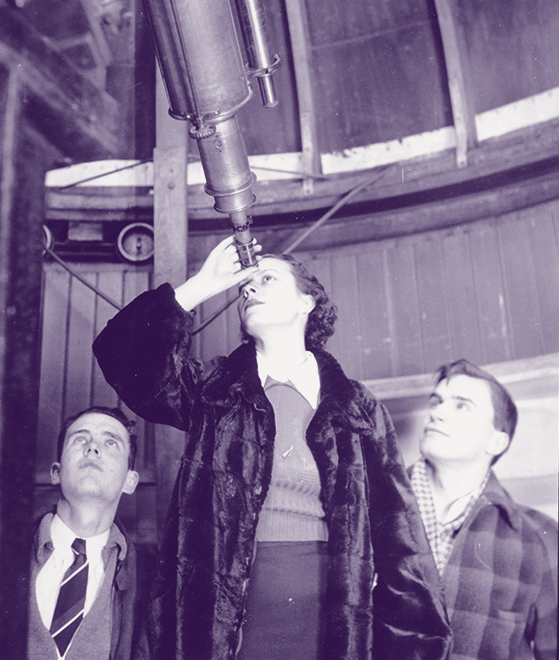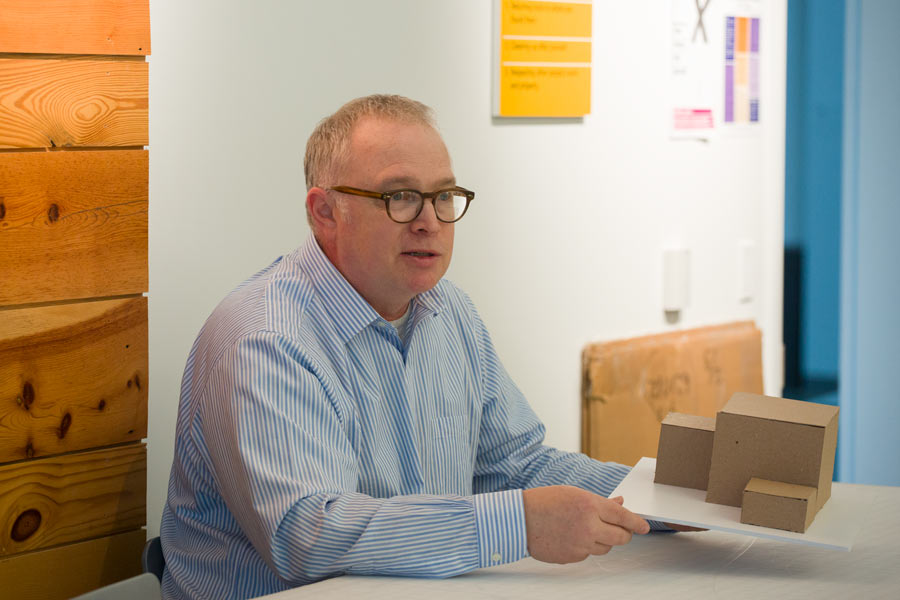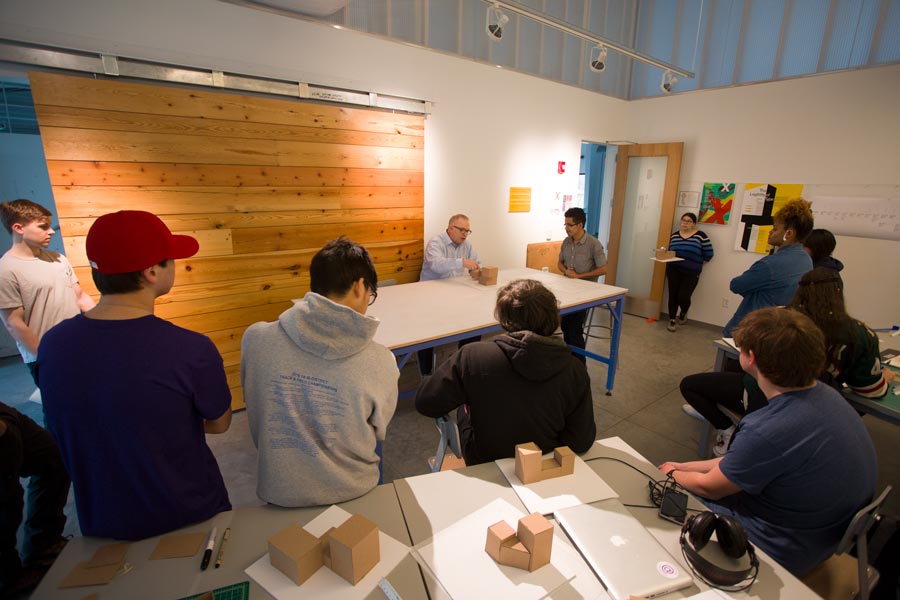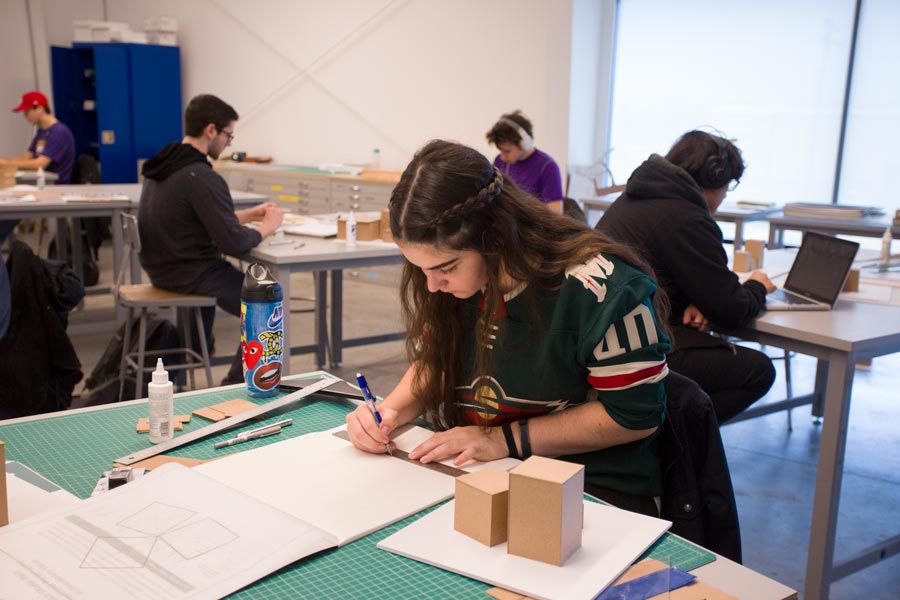
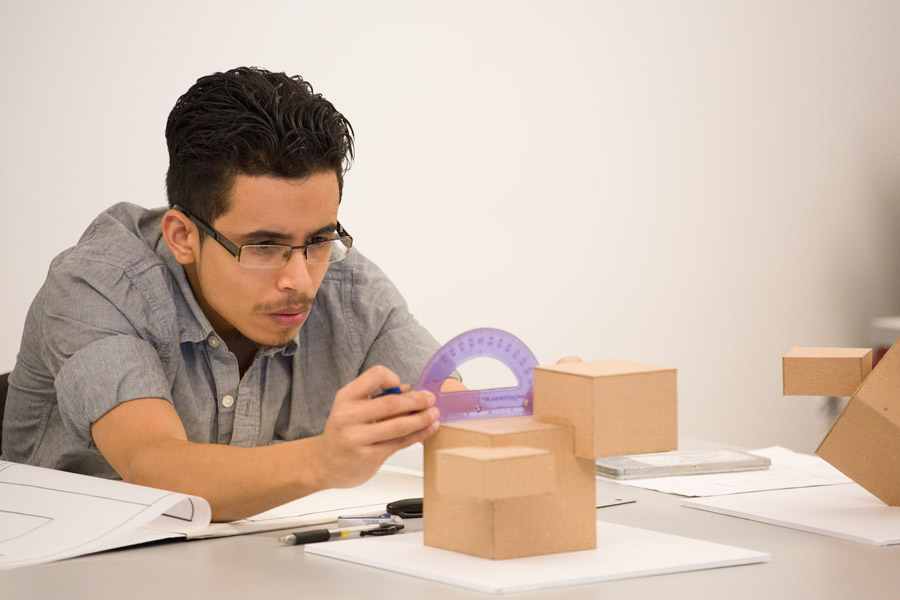
Students Learn Architecture From Practicing Alumnus
The learning curve for the architecture course was steep, and students moved quickly from one topic to the next. For many, it was their first time working with exacto blades to make cardboard models, or using CAD (Computer Aided Design) software to virtually create a structure.
Harriman empathized with this process, citing his own experience tackling the unknown and "learning how to learn."
"I can easily put myself in their shoes because I can remember doing a sculpture project [at Knox] that was based on a building... and I actually went over to the physical plant where all the guys who maintain buildings work," recalled Harriman. "I had to ask them for a little primer on how a house is built, or how a wall of a house is built."
Those lessons—combined with the flexibility of a liberal arts mindset—have continued to serve Harriman well. "[In school] a lot of the art was theoretical, big picture ideas but not like 'How do you build a house with a crawl space? How do you vent the crawl space?' But the more people I talked to the more I realized, everyone was in that boat."
For students, a course like this provided a rare opportunity. Cammie Stein '21 found it really valuable "that we're getting someone who's working in the field," pointing to the benefit of mentorship from someone who is still embedded in the professional space on a daily basis.
Professional obligations did require Harriman to commute twice a week from Chicago to teach the course, so time constraints placed some pressure on the format of the class. Still, he adapted to the schedule, finding ways to support students while giving them room to make mistakes and grow. Morgan Leslie '21 enjoyed that balance, noting that "It's good to have someone who can guide you without over-directing."
The architecture course offered a unique contribution in building a well-rounded student. Harriman sees this as one of the benefits of learning architecture, no matter where a student's career may lead: "Later in life if they are the client or what have you, or just walking through a city somewhere, they can appreciate what's going on to build the built environment."
Published on July 09, 2018

